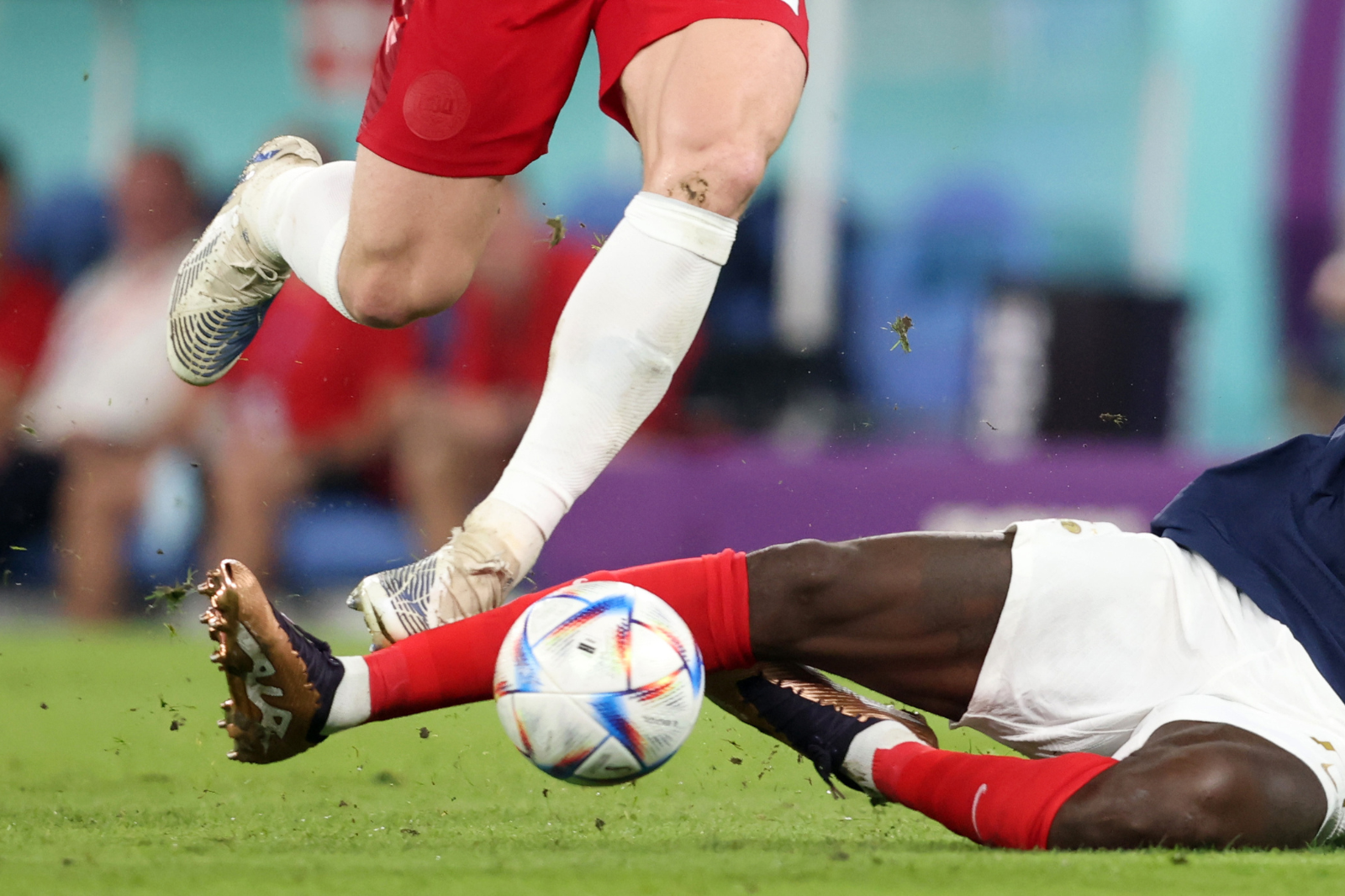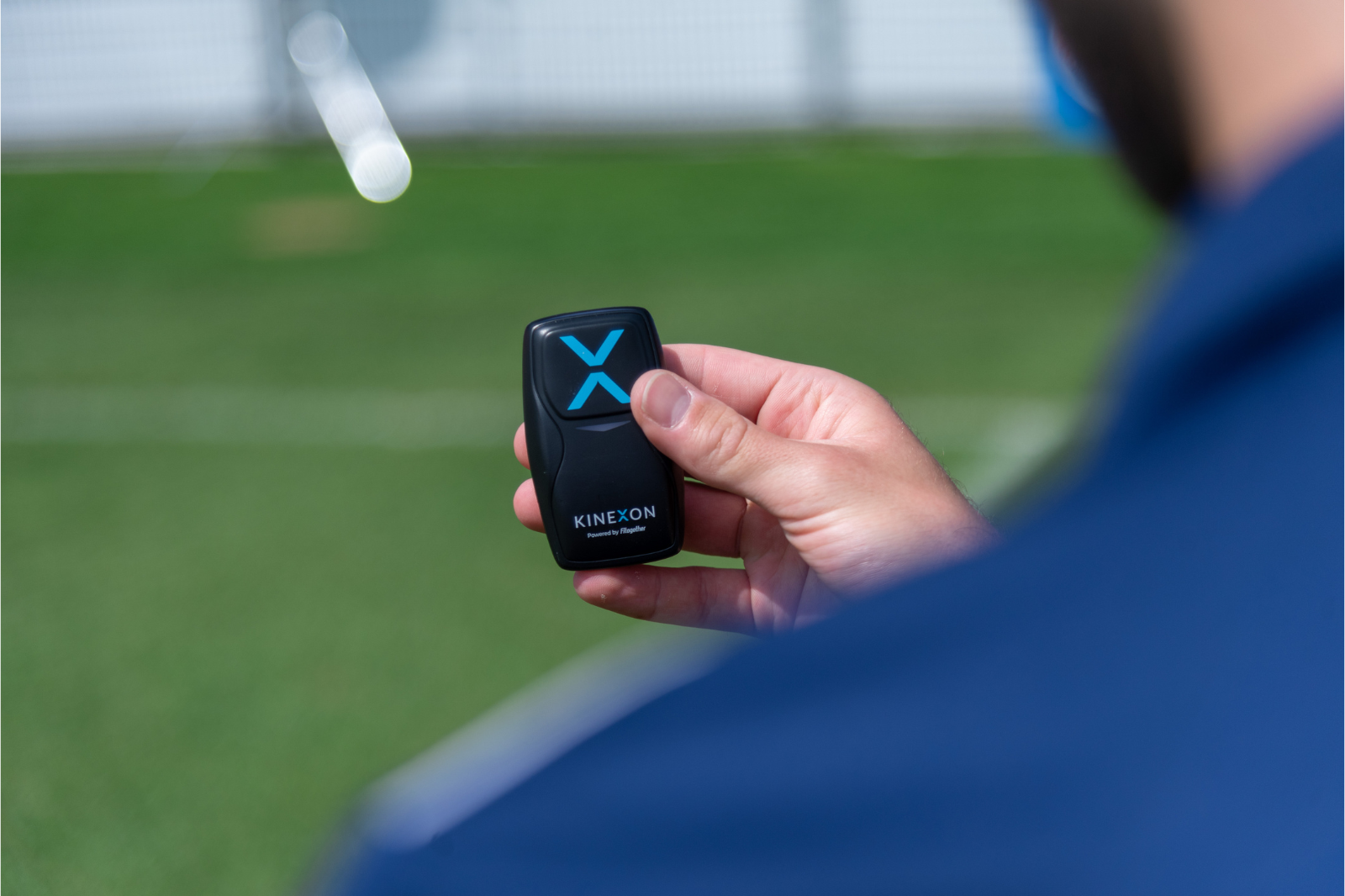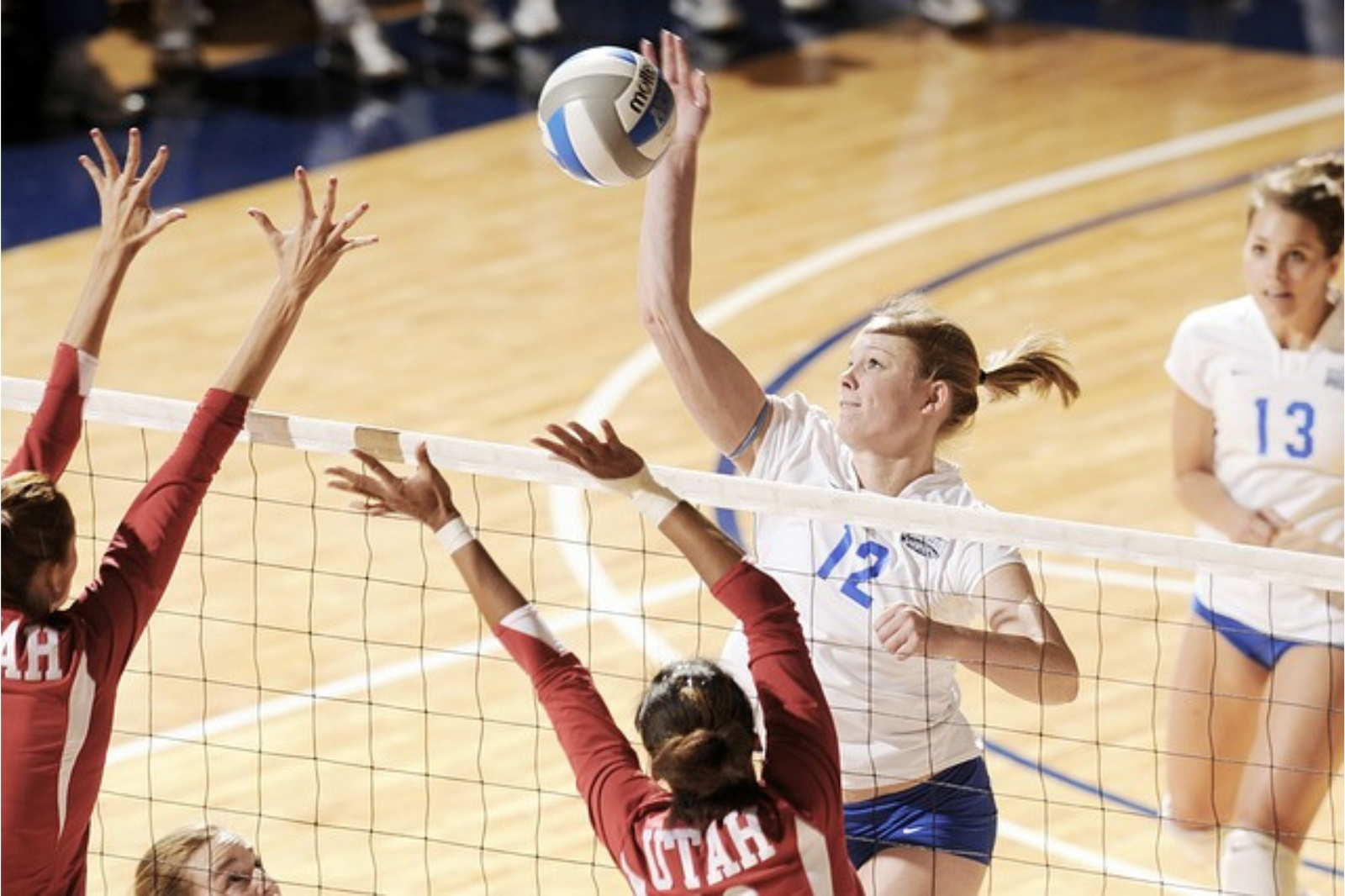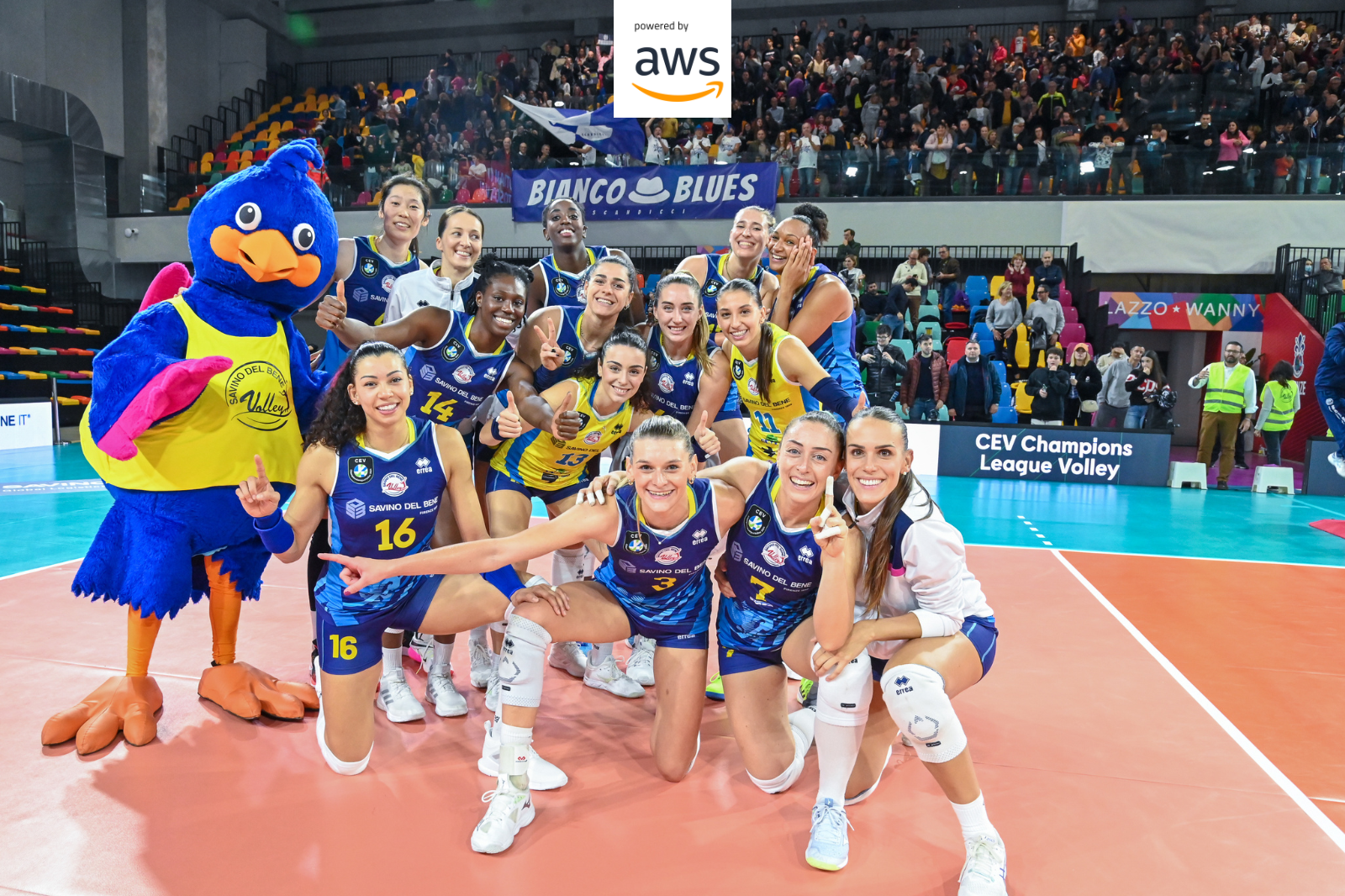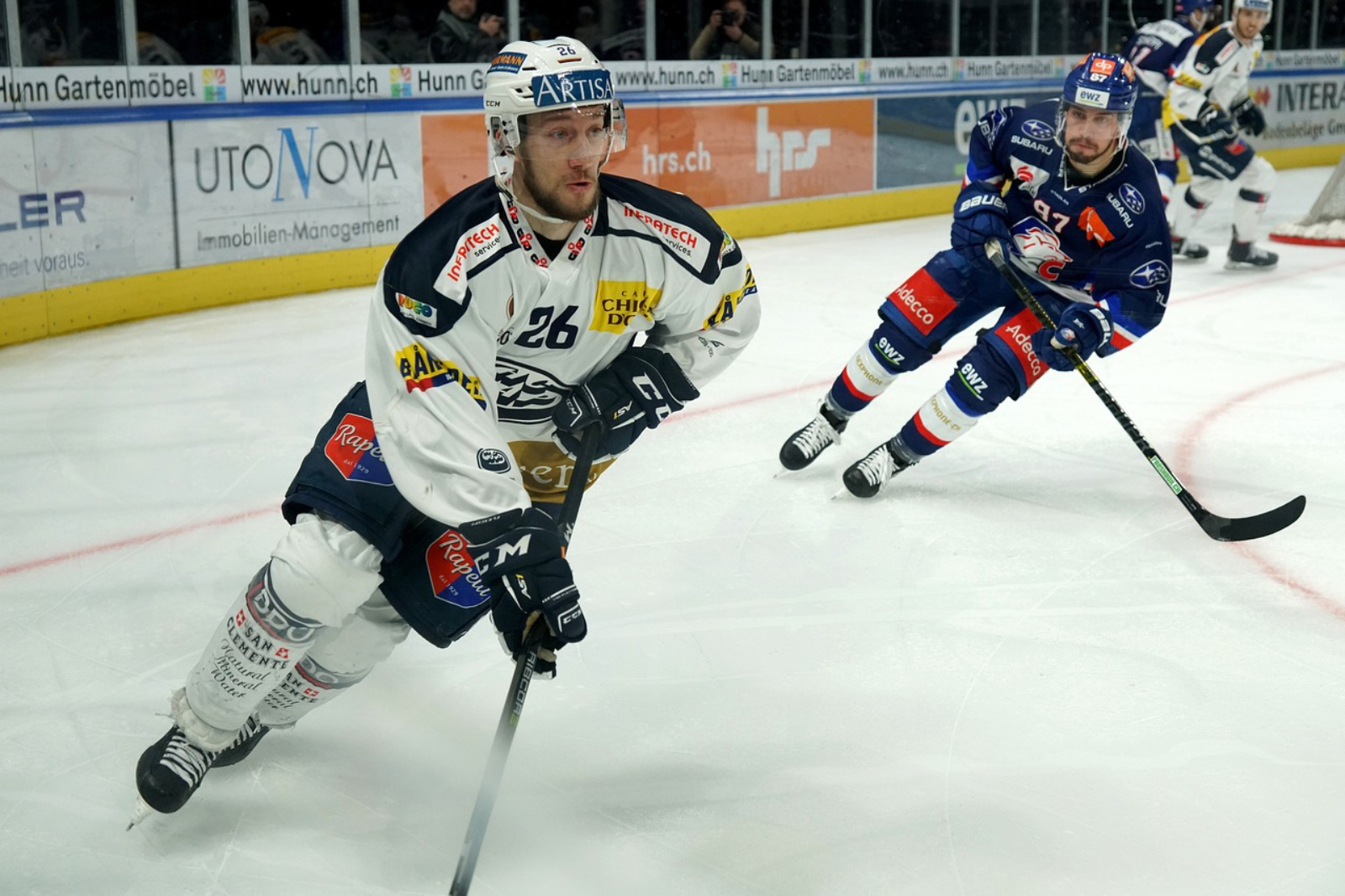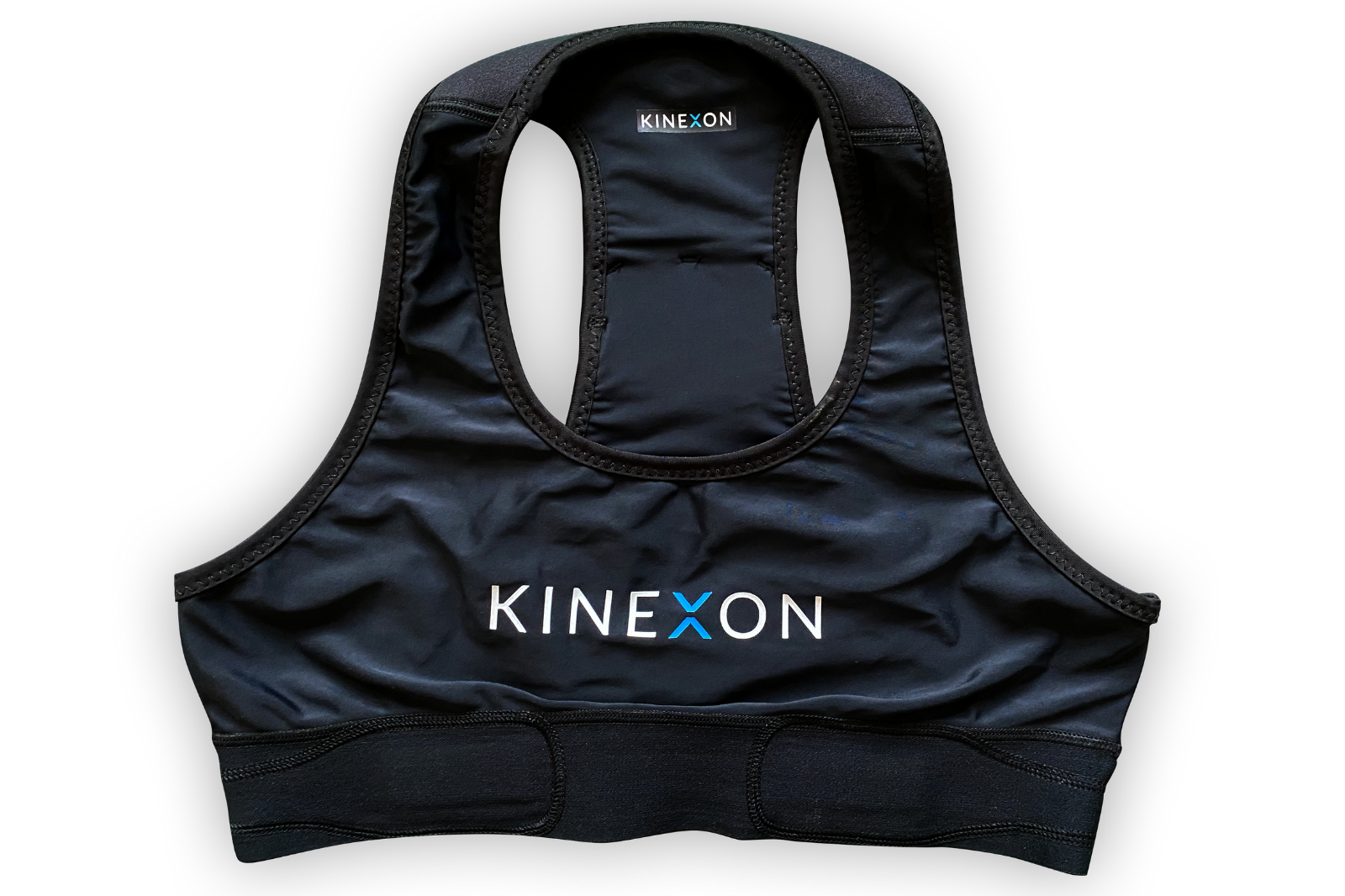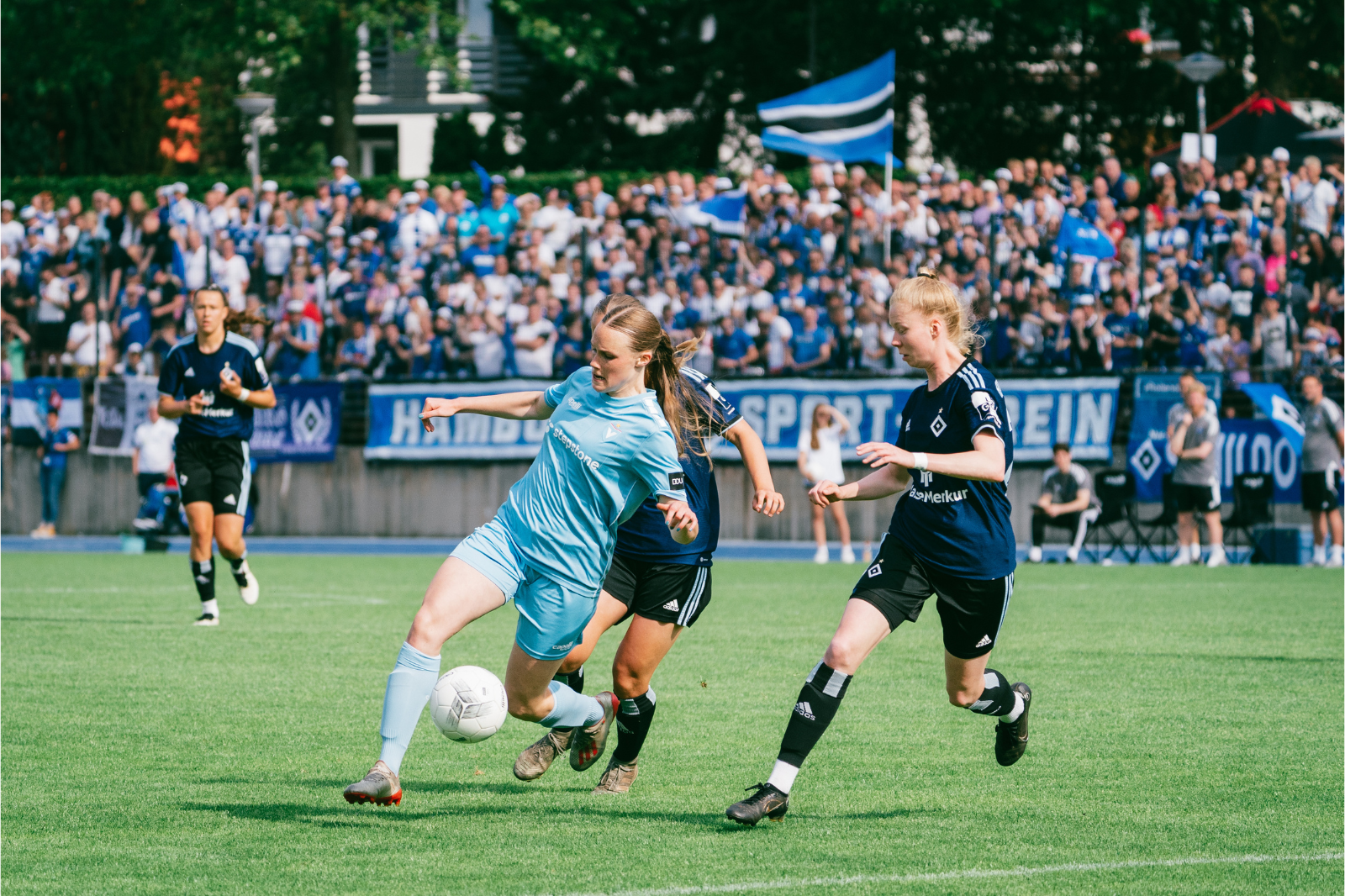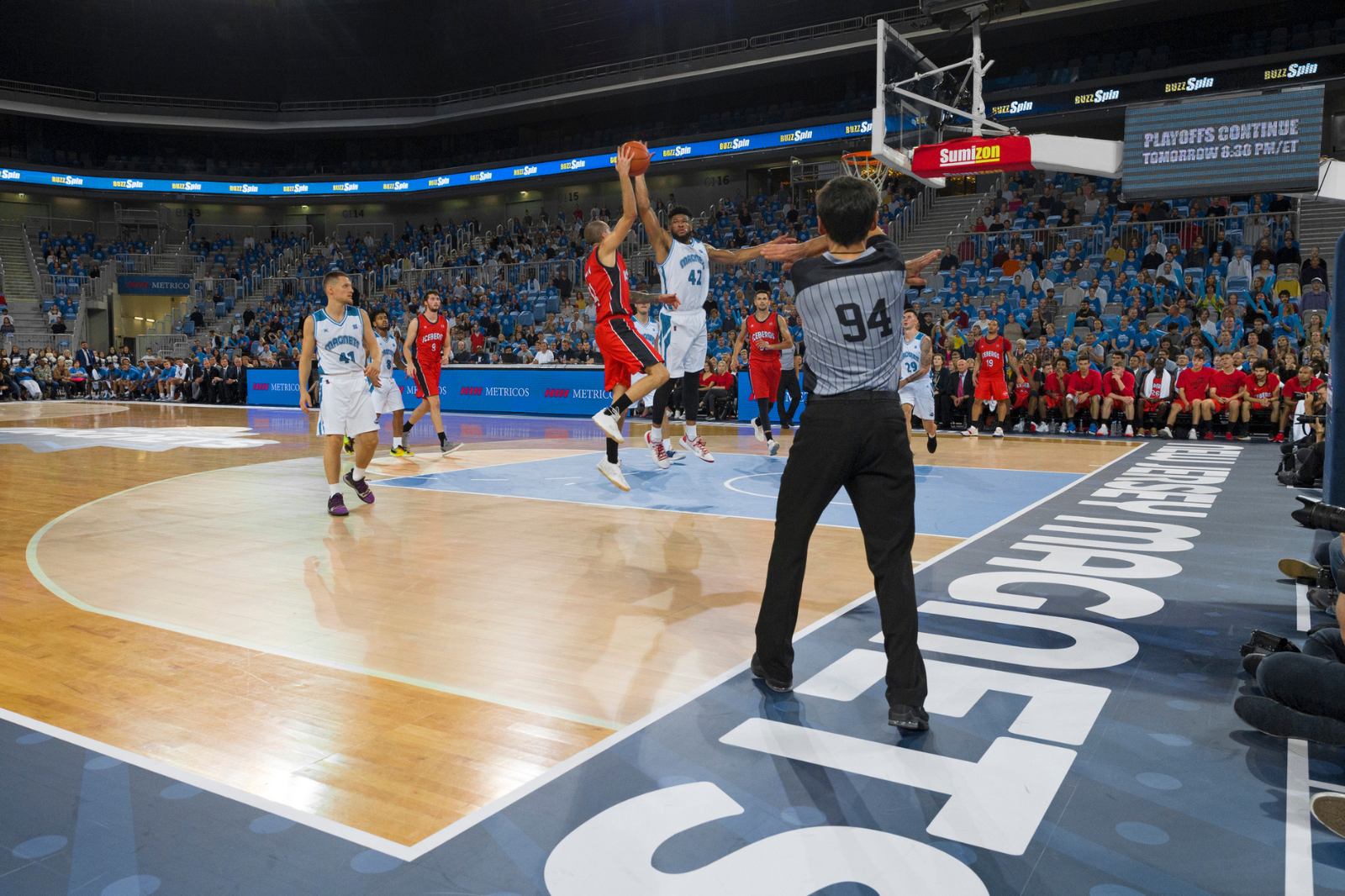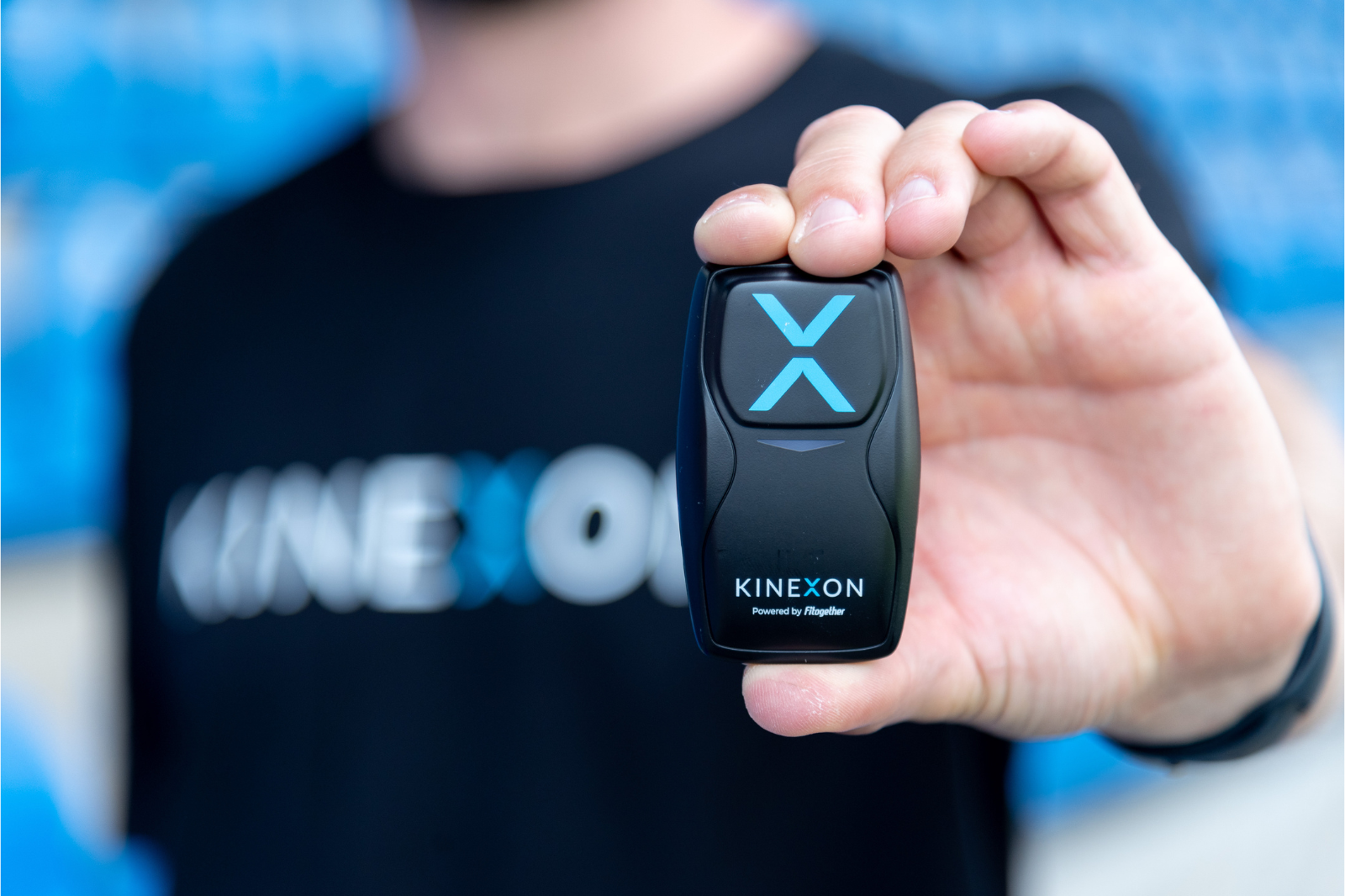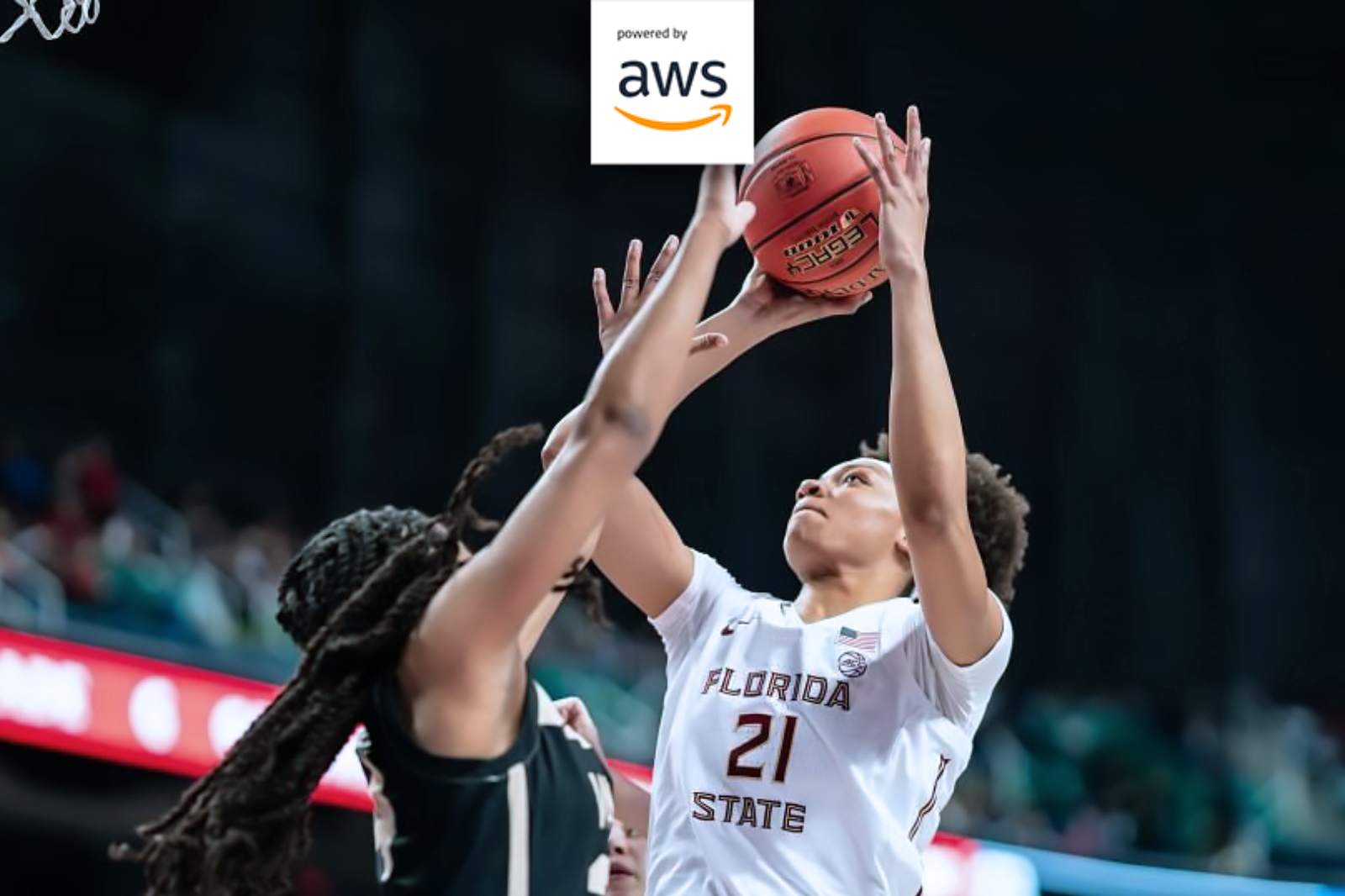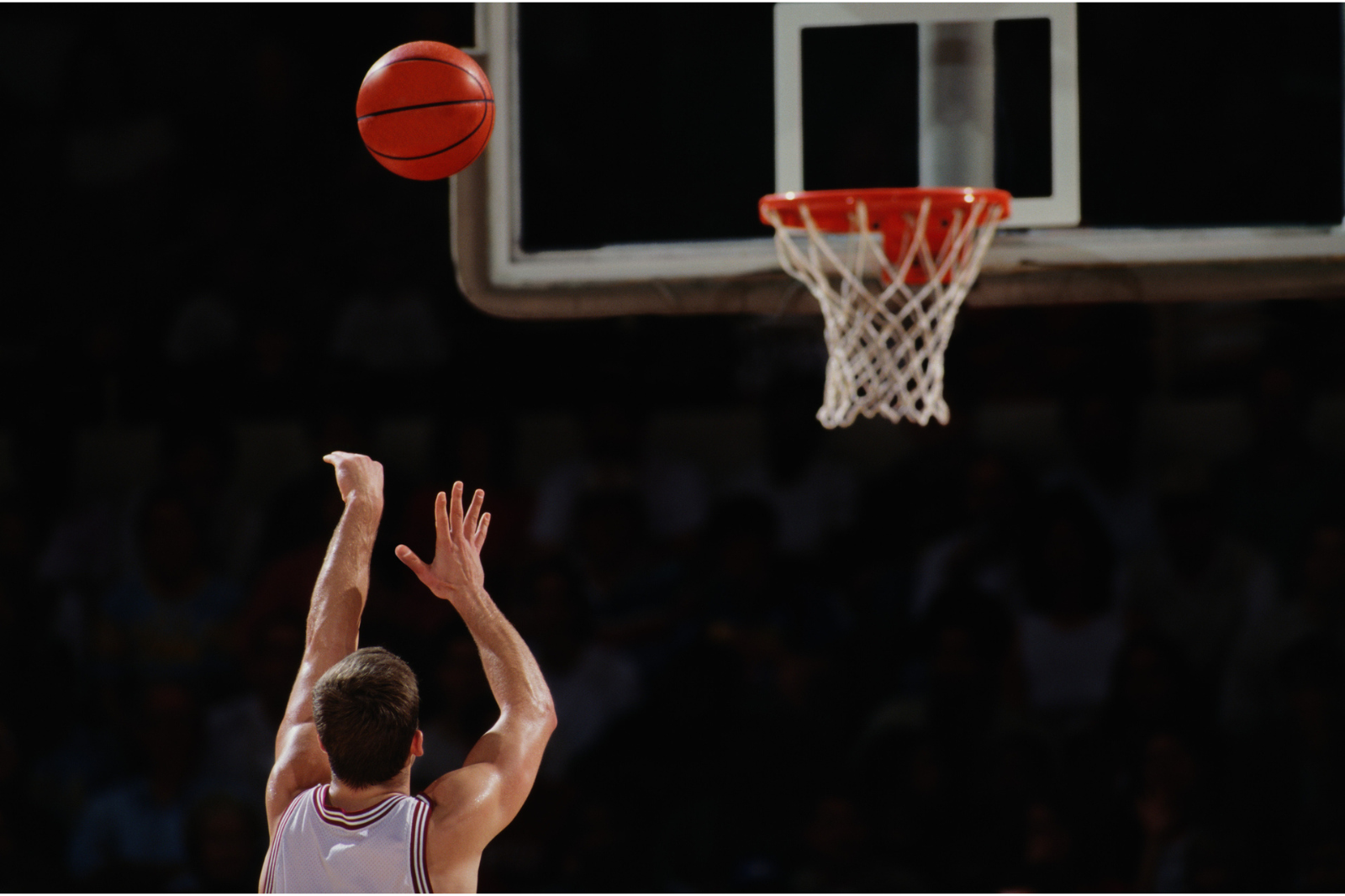Sports Performance Technology Helps Volleyball Coaches and Players
Giovanni “Vanny” Miale is a true expert in sports performance. Volleyball has been his game for over 20 years. He even played professionally. And when it comes to player tracking, the decorated performance coach for the Turkish volleyball club, VakıfBank Spor Kulübü, believes in the value technology provides athletes on and off the court. KINEXON caught up with Vanny, who shared his thoughts — read the interview here!

Vanny, you’ve been using player tracking for over three years now. What have been the key benefits of utilizing data for you as a performance coach?
Vanny Miale: Initially, it was challenging to understand which metrics to target for volleyball players. There were few scientific studies to rely on when I started incorporating player tracking technology three and a half years ago, but now — understanding everything — it’s really helpful to rely on data when evaluating player performance.
You have 20+ years of experience in professional volleyball. Which metrics are you focused on to help prepare your players for in-game adjustments?
Miale: We value Jump data. Player tracking technology was the most practical aspect to help eliminate time dedicated to specific physical tests, such as Various Jump Tests (platforms, vertical jump test, Sargent jump test, etc.).
Having the capability of creating graphs of performance trends, the athletes receive their results at the end of every match and training session. This helps players understand their performance and monitor the various progress.
Player tracking technology provides many different metrics. Which ones do you use most frequently and why?
Miale: Unlike many other team sports, volleyball develops more vertically than horizontally. Therefore, monitoring the jump metrics is essential, as mentioned before. In the past, to evaluate the workload of a training session or a match, only the total number of jumps could be taken into consideration.
Thanks to sports performance volleyball technology, we can evaluate the volume of work intended as a jump, intensity and density of the jumps in a single session or match. But in the end: volleyball is much more than just jumping!
Can you give an example of how you use a specific metric and its advantages in volleyball?
Miale: I began to understand the importance of the Accumulated Acceleration Load metric that shows the overall workload an athlete carries out during a work session and the intensity levels.
Years later, we can classify matches and workouts not only through work time and the number of jumps completed but through this metric; we can quantify an athlete’s load in all movements, such as jumps, impacts and displacements.
Now that I know more about the technology, we have classified 3 level ranges: Light: >400; Medium: 400 – 600; High: <600. These classifications allow us to modulate the various work cycles as coaches.
For example, now we can monitor an injured athlete’s recovery in detail during all phases and understand when and how they recovered.

How do you utilize the data to manage individual players’ load?
Miale: We look closely at the player’s load to make adjustments during matches. The data helps us strategize how to make personnel decisions. The ability to synchronize a training video with physical data has a significant impact and provides excellent feedback for athletes and coaches.
Fast forward: Which volleyball-specific metrics would you like to see in the future?
Miale: Thinking about the future, I would like to know, for example, the speed of the ball after impact. Perhaps, introducing a chip into the ball would be beneficial. We will be able to have even more specifics and global data.
